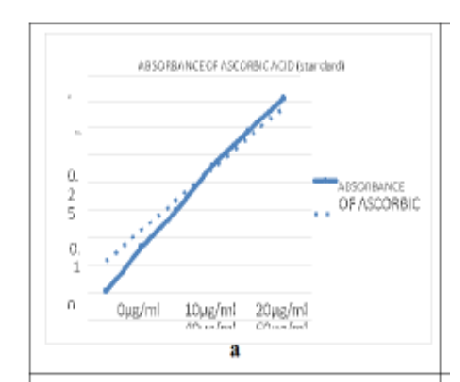


Indian Journal of Science and Technology
DOI: 10.17485/IJST/v16i47.2971
Year: 2023, Volume: 16, Issue: 47, Pages: 4577-4584
Original Article
Deepsika Chhetri1, Y Jyothi1*, Lalhriatpuii1, Sayed Sohaila1, G Rachana1
1Department of Pharmacology, Krupanidhi College of Pharmacy, Bangalore, 560 035, Karnataka, India
*Corresponding Author
Email: [email protected]
Received Date:23 November 2023, Accepted Date:24 December 2023, Published Date:30 December 2023
Objectives: To investigate the potential of a methanolic extract of Kaempferia rotunda Linn. rhizomes to mitigate the genotoxicity caused by cyclophosphamide. Methods: In this study, swiss albino mice of either sex were given a low dose of 200 mg/kg and a high dosage of 400 mg/kg of Kaempferia rotunda methanolic extract, followed by cyclophosphamide as a challenge, to test for antigenotoxic action. In vivo chromosomal aberration and micronuclei assays were conducted. Hydroxyl scavenging activity was conducted in vitro. Mention the statistical tool used. Findings: A significant decrease in PCE/NCE ratio was seen at doses of 200 mg/kg (1.763±0.445) and 400 mg/kg (1.241±0.871) of Kaempferia rotunda Linn. A significant reduction (18±2.54) in the chromosomal aberrations was found at 400 mg/kg of Kaempferia rotunda Linn. DPPH free radical scavenging activity of K. rotunda methanolic extract, demonstrated an increased IC50 value of 24.09μg/ml, in comparison to standard Ascorbic acid with IC50 of 8.17 μg/ml. The methanolic extract of K. rotunda exhibited a significant hydroxyl radical scavenging activity with an IC50 value of 10.22μg/ml when compared to standard Gallic acid with IC50 of 10.22μg/ml. Novelty: New medicines are being developed for the treatment of complicated diseases but these medicines are themselves associated with a number of side effects that range from minor to severe intensity. The medicines from nature on the other hand appear to be more effective than the synthetic counterpart. Our investigation confirms the genoprotective action of Kaempferia rotunda Linn.
Keywords: Genotoxicity, Chromosomal Aberration, Methanolic extract, Free radicals, Kaempferia rotunda linn
© 2023 Chhetri et al. This is an open-access article distributed under the terms of the Creative Commons Attribution License, which permits unrestricted use, distribution, and reproduction in any medium, provided the original author and source are credited. Published By Indian Society for Education and Environment (iSee)
Subscribe now for latest articles and news.